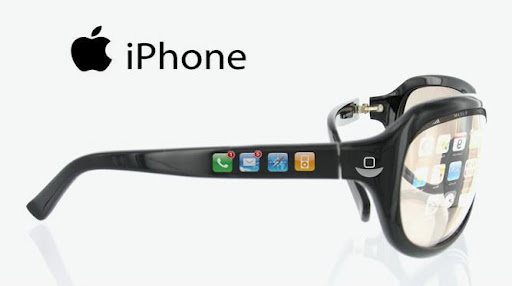So we’ve been talking to the team at iRescue and let me just say that they are definitely excited about this idea-turned-smartphone-app. And rightfully so, it can save someone’s life! When we first contacted them, we were one of the first 6 news media outlets covering their story. That number has now increased to 27 and is still growing.
But what is it that makes iRescue tick? How does this app stand out? Lucky for you, we have an exclusive interview that can answer all those questions and more!
What’s the best feature of iRescue?
Honestly the boys like the Hide and Seek feature best. It was implemented as a way for people to practice using iRescue without sending messages to their Safety Circle that they need help, but the boys think it is a lot of fun.
Fun and games aside, the Amber Alert function is the most amazing feature. Imagine a kid is abducted but they have their phone on them. Their parents or Police can remotely activate iRescue to find them. Upon activation the speaker and vibrate function will be disabled so it does not draw the attention of the abductor. Once the beacon phone and search phone are in contact via Bluetooth – then the speaker emits a loud buzzer. iRescue will simultaneously send out GPS coordinates to everyone in the kid’s Safety Circle. A second message is then sent to the kid from someone in the Safety Circle along with any changes in the GPS coordinates, making it easy to locate them.
Will iRescue work in other countries outside the US? If so, is the process the same or different depending on the country?
The main function will still function anywhere in the world – the beacon and searching function looking for the beacon. But obviously, when the FEMA – IPAWS functionality is employed that will only work in the USA.
Why did you want to make iRescue a smartphone app as opposed to a small, affordable device that people could carry with them?
We originally talked about building a device which would be a standalone device, or something that attached to a cell phone, but when we started talking about what it would take to produce a device – engineered drawings, tooling, finding a factory, shipping and storing the pieces, and delivering them to customers, it quickly got beyond the scope of anything we thought we could do. But most people already have a cell phone in their pocket, and an app at $0.99 is less than any standalone device would cost. Plus being a ‘virtual product’ there is no inventory, tooling or logistics concerns.
What’s been the hardest bug for the dev team to squash and how did they overcome it?
The biggest issue we’ve had is the different restrictions on access to phone functionality when it comes to the various platforms. iOS and Windows limit to varying degrees what we can do with scanning and sending text messages. Android, however, provides the most functionality so we can do just about anything we need to do without limitations. Currently we cannot (without user intervention) send a text message from these platforms. Not a problem in most situations, but if someone is unconscious it does limit our ability to send location information.
We’ve overcome it by making iRescue as feature rich as possible under the limitations imposed by the platforms. We are also speaking with both Microsoft and Apple to attempt to gain access to scan and send text messages without user intervention.
What are the thoughts from the team surrounding its Kickstarter campaign and release?
The boys are really excited. They’ve had a lot of fun watching the pledge count go up. If we can get to $20k we can start developing a Natural Disaster curriculum for all the school kids in the US, and provide each of them with a free download of iRescue.
What could we see in future app updates?
The boys are calling for it to locate the nearest Ice Cream store, but I think the first feature we will be adding after launch is the FEMA-IPAWS function (Integrated Public Alert and Warning System). We have been vetted by FEMA and entered an agreement which allows us to publically disseminate emergency warnings. We don’t have time before launch to have it up and tested, but we would like to add the feature very soon.
What do you think will be the most effective way to get the word out?
We plan on using several different methods:
- Word of mouth – Sharing on social media is built into iRescue. With a few touches of a screen users can send a link to their friends and family via text message, email, Facebook, Twitter, LinkedIn, asking them to get iRescue.
- First Responders – We are in discussions with local Fire Chiefs and the State Police to provide a copy of iRescue to all of their personnel. We’d like to expand that program across the US. (or the World)
- Safety Classes – We would like to create a curriculum which Fire and Police could use during their school visits to help teach kids about how to be save in emergency situations. We’d also provide all the students and staff with free versions of iRescue.
With that being said, let’s see what we can do to get the word out regarding iRescue and making sure the kids of the world are prepared for an emergency. Who knows, you may indirectly have an impact on saving someone’s life!
If we missed a question you had, or you want to leave your thoughts on this app, let us know in the comment section. Keep Being Awesome!
















